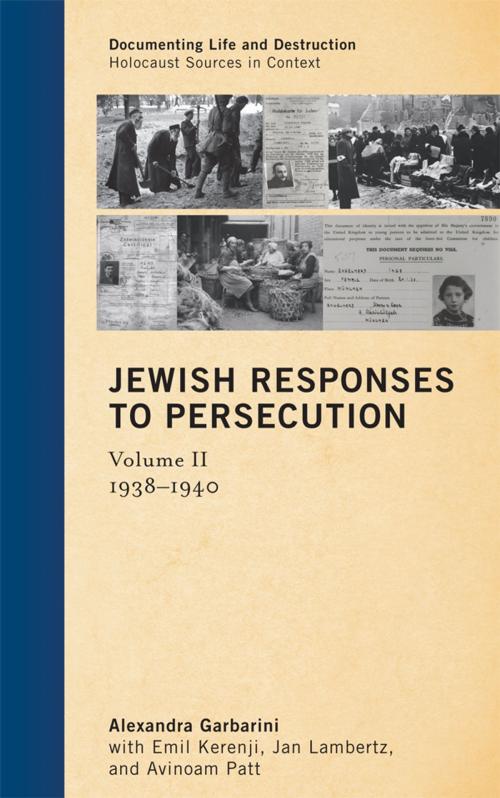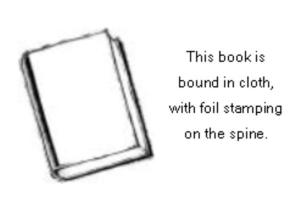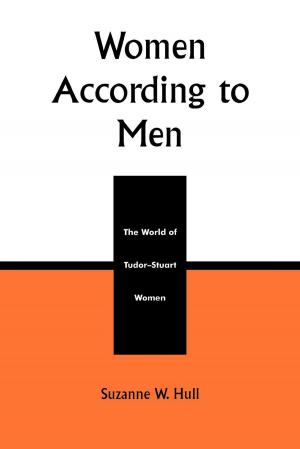| Author: | Alexandra Garbarini | ISBN: | 9780759120419 |
| Publisher: | AltaMira Press | Publication: | August 16, 2011 |
| Imprint: | AltaMira Press | Language: | English |
| Author: | Alexandra Garbarini |
| ISBN: | 9780759120419 |
| Publisher: | AltaMira Press |
| Publication: | August 16, 2011 |
| Imprint: | AltaMira Press |
| Language: | English |
Jewish Responses to Persecution: Volume II, 1938–1940 is the second volume of the five-volume set within the series "Documenting Life and Destruction: Holocaust Sources in Context." This volume brings together in an accessible historical narrative a broad range of documents—including diaries, letters, speeches, newspaper articles, reports, Jewish identity cards, and personal photographs—from Jews in Nazi-dominated Europe and beyond Europe's borders. The volume skillfully illuminates the daily lives of a diverse range of Jews who suffered under Nazism, their coping strategies, and their efforts to assess the implications for the present and future of the persecution they faced during this period. Volume II begins with Kristallnacht in 1938 and continues through the Jewish flight out of Germany, the onset of World War II, the forced relocation of the Jews of Europe to the East, and the formation of Jewish ghettos, particularly in Poland.
The twelve chapters, divided into four parts, track the trajectory of German expansion and anti-Jewish policies chronologically, attesting to a clear progression of persecution over time and space. At the same time, they reflect the vast differences in the responses of Jewish communities, groups, and individuals within and beyond the Germans' grasp, differences that resulted both from the unevenness of the Reich's policy toward Jews as well as the varied backgrounds, traditions, expectations, and life histories of Jews affected by German policy. This volume raises essential questions, such as: What was the spectrum of Jewish perceptions and actions under Nazi domination? How did Jews affected directly, or others standing on the outside, view the situation? In what ways were Jews able to influence their own fate under persecution? What role did Jewish tradition play in how the present and future were interpreted? The answers inherent in the documents are often varied or inconclusive; nonetheless these sources add considerably to our understanding of the Holocaust.
Jewish Responses to Persecution: Volume II, 1938–1940 is the second volume of the five-volume set within the series "Documenting Life and Destruction: Holocaust Sources in Context." This volume brings together in an accessible historical narrative a broad range of documents—including diaries, letters, speeches, newspaper articles, reports, Jewish identity cards, and personal photographs—from Jews in Nazi-dominated Europe and beyond Europe's borders. The volume skillfully illuminates the daily lives of a diverse range of Jews who suffered under Nazism, their coping strategies, and their efforts to assess the implications for the present and future of the persecution they faced during this period. Volume II begins with Kristallnacht in 1938 and continues through the Jewish flight out of Germany, the onset of World War II, the forced relocation of the Jews of Europe to the East, and the formation of Jewish ghettos, particularly in Poland.
The twelve chapters, divided into four parts, track the trajectory of German expansion and anti-Jewish policies chronologically, attesting to a clear progression of persecution over time and space. At the same time, they reflect the vast differences in the responses of Jewish communities, groups, and individuals within and beyond the Germans' grasp, differences that resulted both from the unevenness of the Reich's policy toward Jews as well as the varied backgrounds, traditions, expectations, and life histories of Jews affected by German policy. This volume raises essential questions, such as: What was the spectrum of Jewish perceptions and actions under Nazi domination? How did Jews affected directly, or others standing on the outside, view the situation? In what ways were Jews able to influence their own fate under persecution? What role did Jewish tradition play in how the present and future were interpreted? The answers inherent in the documents are often varied or inconclusive; nonetheless these sources add considerably to our understanding of the Holocaust.















